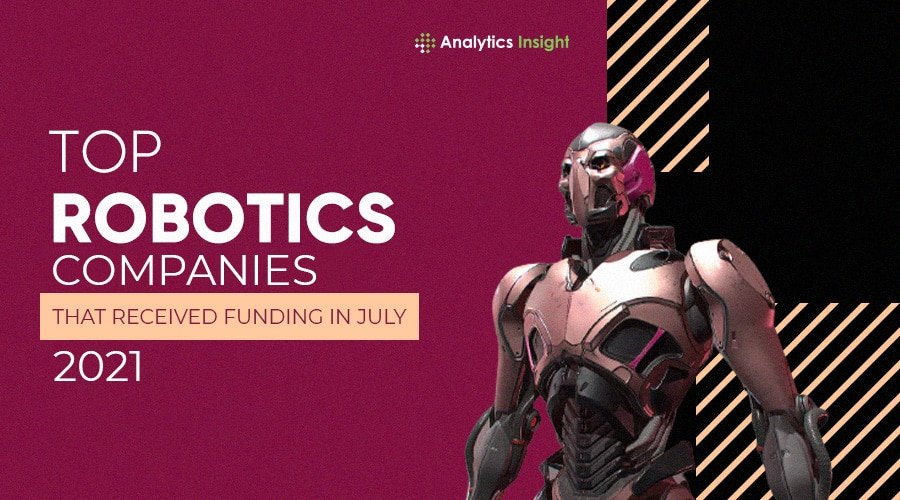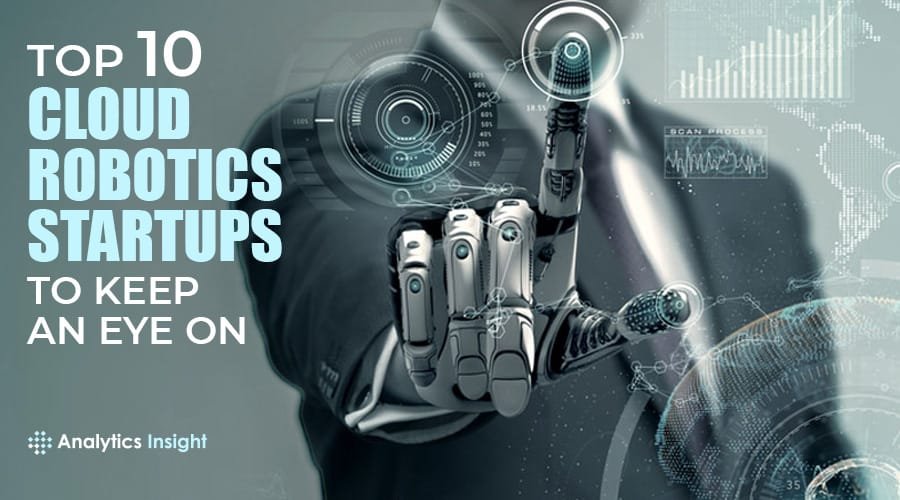Source: idgconnect.com
Insolvencies loom large, according to the International Monetary Fund’s (IMF) recent report into the global economy. As governments ease their financial support for businesses, we are already seeing redundancies across a number of sectors, including retail, travel, hospitality, entertainment and manufacturing. With so many businesses grinding to a halt over the past few months and now looking to re-ignite interest in a difficult economy, they could be forgiven for trying to re-imagine how they operate and how, in the immediate future, they will survive, let alone grow.
Understandably, interest in robotics is growing, as advances in robotics and robotic process automation (RPA) technologies accelerate. Manufacturing, in particular the motor industry, has traditionally been a leading sector for robotics but now interest is spreading across industries and that includes some unusual applications. The ICE+FRIES bar in Iceland’s capital Reykjavik, for example, with its robot cocktail maker Toni, the robotic restaurant start-up Karakuri, or Spot the robot dog from Boston Dynamics, that patrolled Singapore’s Bishan-Ang Moh Kio Park back in May, reminding people to maintain social distancing. All illustrate the increasing breadth of automated technology but for most organisations, robotics will drive the more mundane.
According to Dr. Leslie Willcocks, Professor of Work, Technology, and Globalisation at the London School of Economics Department of Management, while most businesses want to harness automation for resilience, speed, lower costs and keeping up with market demands, the reality is somewhat different.
“In our latest research, some 65 percent are focusing on making outlays only on lower end Robotic Process Automation to get cheap quick wins necessary to either sweat the assets, or underpin today’s business performance,” he says. “Some 20 percent are continuing to make investments following a long-term strategy but at a slower rate, while only 15 percent are fully on board with investing in advanced automation as part of a larger digital transformation.”
Unsurprisingly perhaps, Willcocks adds that “health sectors everywhere are finding quite a lot of use for automation because of increased pressure on resources.” The same of course could be said for logistics businesses. It’s the repetitive, everyday tasks that now have to be performed at a safe distance that are starting to be partially automated, primarily through the use of teleoperation, at least according to Dr Antonio Espingardeiro, senior member of the IEEE. He suggests that these tasks are ranging from “collecting and transporting hospital garbage or even constantly patrolling corridors for spraying disinfection materials.”
Robotic cleaners are not of course that new but reliance on them to deliver quality results is certainly something that is going to change quickly. The same could be said for all automation. Perceptions are shifting quickly and a lot of this is down to the fact that decisions to deploy or increase automation are being made out of sheer necessity. Covid-19 if anything, is proving a more persistent trigger for transformation than perhaps any CIO.
“We’ve recently seen huge advances in AI, sensors, speech recognition and computer vision,” says Dan Farrell, who is Accenture UK & Ireland’s Industry X.0 Technologies Lead. “These technologies are combining with shrinking hardware costs and the rollout of 5G to make robotics more accessible than ever before. If you were to step into a factory or warehouse right now it’s likely you’d see some form of robotics. But to date that’s where they’ve stayed: firmly on the factory floor.”
Is this changing and if so, how quickly?
“The Covid-19 pandemic has been a catalyst for robots moving into ‘the wild’,” adds Farrell. “Robots are taking on new responsibilities as they have become critical to the ‘contact-less’ solutions we now need, even joining frontline workers in the fight against the virus. For example, Danish firm UVD Robots has developed a self-driving disinfection robot that uses UV light to completely disinfect rooms in just 10 minutes. It’s easy to see how these and similar robots could be used elsewhere, from public transport and schools to hotel rooms and restaurants.”
He adds that the entire ecosystem is set to be dramatically accelerated as the case for robotics becomes clearer, especially in consumer industries. Innovation in these areas, he says, will open up further use cases in the future, as people become more familiar with the technology in their daily lives.
This change in attitude and perception is key. As Willocks at LSE shows in his research, around 75 percent of the barriers to robotics adoption are “managerial and organisational, though choosing technologies that cannot scale easily has created a number of deployment, time, and cost problems. The main misconception is that it can be a quick fix, and that it is not strategic,” says Willocks.
On the flipside, does this mean that there is a healthy chunk of organisations that understand the benefits of automation and are actually doing something about it?
“In our book Becoming Strategic With Robotic Process Automation, we point out that there is now the capability to link RPA with more advanced forms of intelligent automation, and with the broader digital transformation going on, bringing a range of digital technologies together,” adds Willocks. “Covid-19 has increased the pace in 15 percent of organisations so far, but the rest are being hindered in pressing ahead with more advanced uses of automation because of the welter of other problems they are facing. When this pressure subsides, then I expect the 20 percent with longer term plans will go faster down the automation route, while the other 65 percent will be applying lower-end automation much more widely and in more processes.”
Espingardeiro at the IEEE believes the hurdles for industry are in fact a little more widespread and complex. He suggests that while we have seen a significant amount of progress in computational algorithms applied to image processing, the real challenge has been in combining all the software and hardware capabilities accurately and efficiently.
“Firstly, image processing is nowhere near the human level,” says Espingardeiro. “This, therefore, impacts the ability to recognise the world around you and develop a decision-making ability, which is still a fundamental question in human behaviour. Secondly, with the high-power sources that are necessary for big robotic systems, the more power it needs. Finally, the level of dexterity from a mechanical point of view that is far from a human hand; the real difficulty is to control and combine all these elements into one successful commercial product.
But it really comes down to application. As Willocks suggests, robotics and RPA, like so many things, will be horses for courses. We are already seeing this in retail, of all places. As Mark Thomson, retail industry director of EMEA at Zebra Technologies points out, the retail trade has seen an upturn in embracing robotics since the pandemic disruption first hit.
“We’re seeing increasing signs that retailers are looking towards automation and robotics to optimise workflow operations by combining workers and autonomous mobile robots (AMRs),” says Thomson but it’s not quite a revolution. He admits that implementation is still on the slow side but that is as much down to current digital capabilities and the pressures of lockdown and remote working than anything else.
What is interesting is that robotics and RPA are gaining support across a wide range of sectors. Covid-19 has almost certainly influenced the thinking but this has also exposed a lack of digital readiness. What we have learned, if anything from this experience is that digital transformation of organisations is now essential for survival. Robotics and automation are a compliment to that, albeit one that can drive increased safety, greater efficiency and greater viability.


